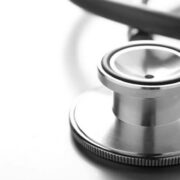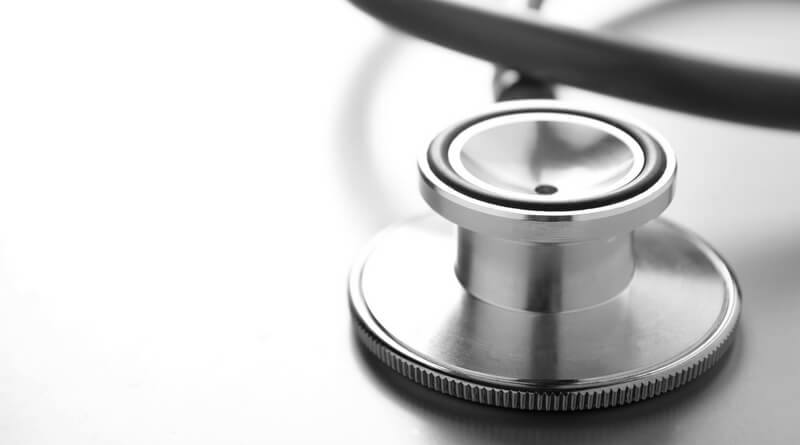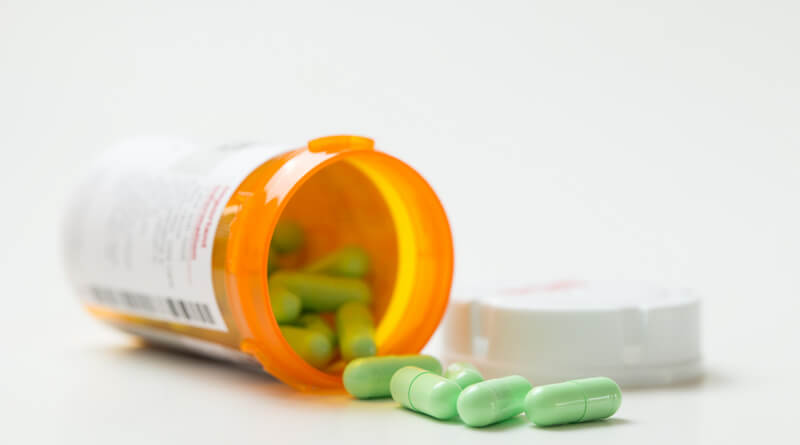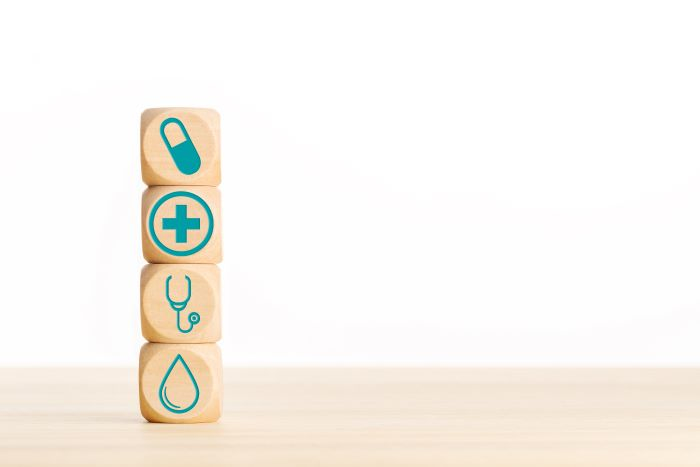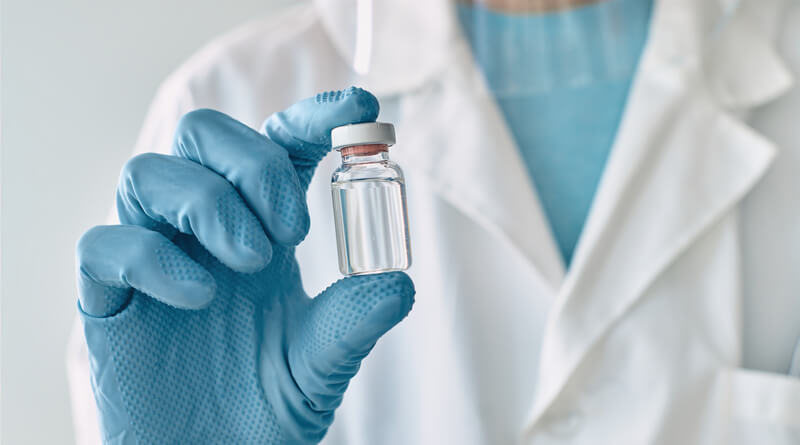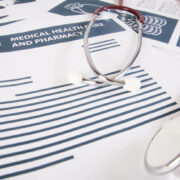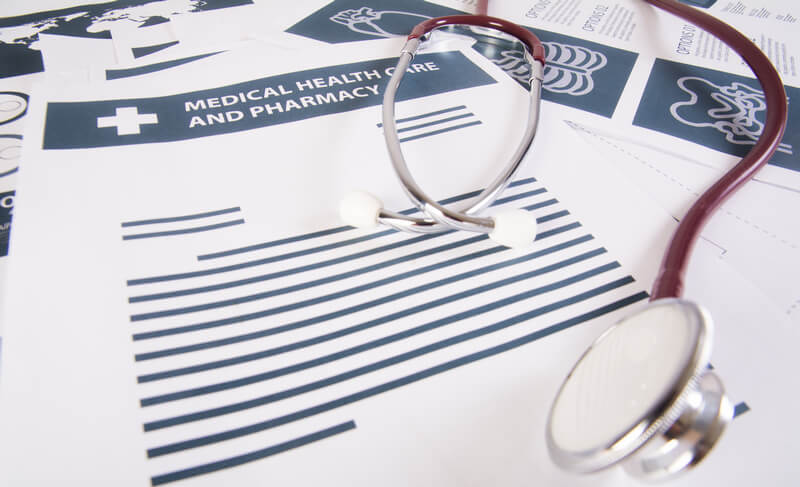4 Ways Digitization is Transforming the Healthcare Industry
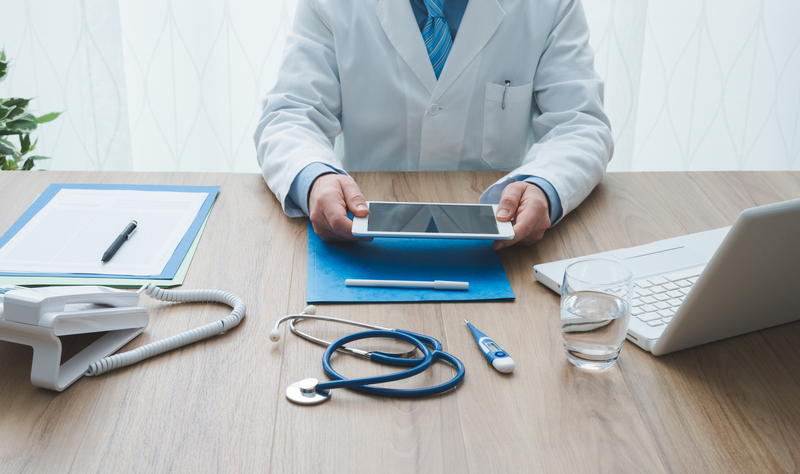
Technology has benefited almost every industry it has come into contact with. The impact that it has had on businesses is undeniable. Truly, shifting to digital systems has fundamentally changed the way that work is done, vastly improved upon existing processes, and enhanced how businesses engage and interact with their customers.
 Even healthcare, an industry known for being traditionally slow to adopt radical changes, is now embracing digital transformation as a response to ever-increasing regional and federal demands. This is done to improve the delivery of its services, operations, and outcomes. Indeed, digitization addresses some of the biggest problems facing healthcare systems all over the world. These include, but are not limited to, the rising cost of care, the poor quality and inaccessibility of healthcare services, inefficient back-office systems and processes, and the lack of personalized patient-specific treatment.
Even healthcare, an industry known for being traditionally slow to adopt radical changes, is now embracing digital transformation as a response to ever-increasing regional and federal demands. This is done to improve the delivery of its services, operations, and outcomes. Indeed, digitization addresses some of the biggest problems facing healthcare systems all over the world. These include, but are not limited to, the rising cost of care, the poor quality and inaccessibility of healthcare services, inefficient back-office systems and processes, and the lack of personalized patient-specific treatment.
Though these digital breakthroughs in healthcare may still be in their infancy stages, technology has still significantly transformed the relationship between health systems, healthcare providers, and patients. This can be seen from the digitization of health records to innovations in health insurance technology. Here’s a closer look at how digitalization is directly helping to save lives, greatly improve operational efficiency, and better the experience of both providing and receiving healthcare services:
Health Record Digitalization
Before digitization, patient medical records had to be manually encoded on paper before being transferred from department to department. It would be an understatement to say that it was a burdensome, time-consuming chore for everyone involved.
To make matters worse, the records themselves were inherently insecure and vulnerable to human error, loss, and damage. Simply locating an existing patient’s information could take a while, depending on the size of the institution. A person’s medical records could also be scattered across a variety of healthcare practitioners that offered different services. For example, a person’s dental records would traditionally be kept separate from their psychiatric records, their physical therapy records, and so on, hindering collaboration between a patient’s medical providers.
The introduction of the Electronic Health Record or EHR has been a blessing to both healthcare practitioners and patients everywhere. They allow providers and other authorized users to access accurate, complete, and up-to-date information about patients instantly and securely. EHRs help facilitate faster diagnoses, reduce medical errors, and improve the completeness and legibility of documentation. Additionally, they can bring down the cost of healthcare by avoiding duplicate testing and decreasing the time it takes to do administrative tasks.
Moreover, many healthcare providers are enhancing EHRs by ensuring accurate patient identification with RightPatient. It is a robust touchless biometric patient identification platform that prevents patient misidentification, duplicate medical records, and improves healthcare outcomes.
Telemedicine
Access to quality healthcare continues to be an issue worldwide, especially in lower-income countries. They may suffer from weak healthcare infrastructure as well as a shortage of providers. Challenges brought on by the COVID-19 pandemic have also called for a definitive solution that will allow elderly patients and those with co-morbidities to safely see their healthcare providers without putting them at risk.
Telemedicine is the digital solution that can address all of these problems. Video conferencing allows medical professionals to see patients that may not be physically able to come to them. It also enables them to reach those who reside in rural or remote locations. They can even conduct one-on-one appointments with patients who live in other countries. Additionally, telecommunication is a valuable educational tool that helps facilitate training and collaboration opportunities between healthcare institutions and providers separated by long distances.
Big Data Analytics
Many of us have freely embraced technology as a way to proactively keep tabs on our own health. Our smartphones can automatically track how many steps we’ve taken in a day, while wearable electronic devices can provide insights into our resting heart rate and blood oxygen levels. There is also an abundance of health apps out there for a variety of use cases, from meal tracking and calorie counting to meditation and mental health improvement.
This means that there is an ever-expanding pool of data that can be collected from these sources, the importance of which simply cannot be overstated. Big data, when harnessed effectively, can be used to create a more personalized approach to patient care. Analytics can also empower healthcare professionals in providing faster, more accurate diagnoses and making better treatment decisions. Most promising, though, is the possibility that, in the near future, big data can be used in conjunction with artificial intelligence and machine learning to predict a patient’s medical trajectory.
Modernized Insurance Claims Processing
Health insurers are also benefiting from digital technologies, especially with regards to claims processing and adjudication. Claims management has long been considered a major pain point in the healthcare lifecycle. Nowadays, consumers are paying more than ever for premiums and out-of-pocket costs, but do not feel that they are getting their money’s worth from their insurance providers. Most of their dissatisfaction comes from delayed claims payments caused by inefficient claims processing.
Digitizing claims processing and adjudication addresses the root of the problem. Going digital enables health insurers to streamline claims management and offer claims processing in real-time, thus vastly improving the experience for their customers.
Even now, the future is looking particularly bright for technology in healthcare. There are always exciting new developments to look forward to, and we can expect this digital revolution to continue in the years to come.






